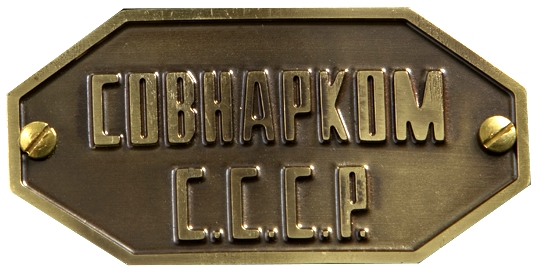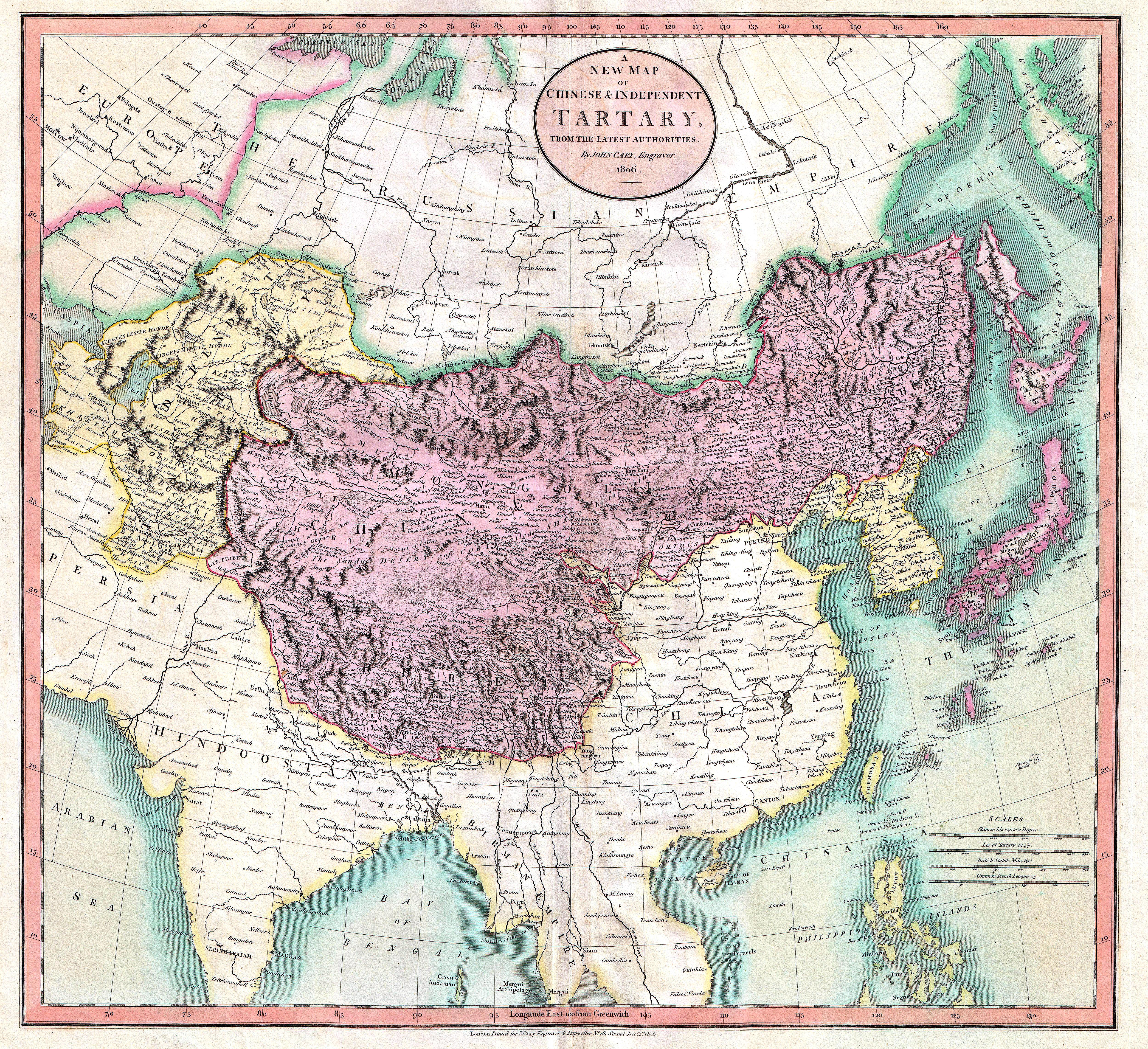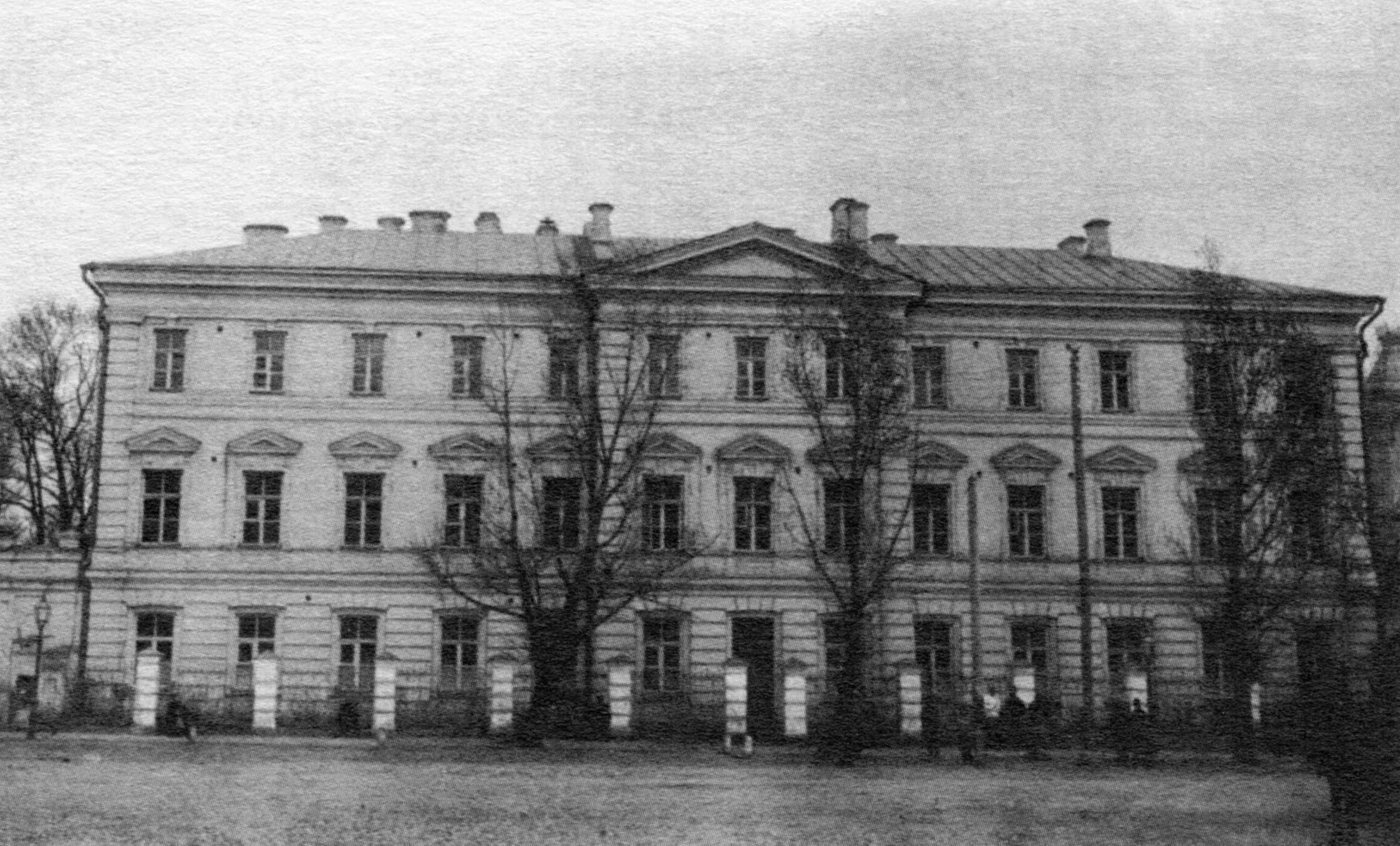|
Mikhail Bulgakov
Mikhail Afanasyevich Bulgakov ( rus, links=no, Михаил Афанасьевич Булгаков, p=mʲɪxɐˈil ɐfɐˈnasʲjɪvʲɪtɕ bʊlˈɡakəf; – 10 March 1940) was a Soviet writer, medical doctor, and playwright active in the first half of the 20th century. He is best known for his novel ''The Master and Margarita'', published posthumously, which has been called one of the masterpieces of the 20th century. He is also known for his novel ''The White Guard''; his plays '' Ivan Vasilievich'', ''Flight'' (also called ''The Run''), and ''The Days of the Turbins''; and other works of the 1920s and 1930s. He wrote mostly about the horrors of the Russian Civil War and about the fate of Russian intellectuals and officers of the Tsarist Army caught up in revolution and Civil War.Bulgakov's biogra ... [...More Info...] [...Related Items...] OR: [Wikipedia] [Google] [Baidu] |
Kiev
Kyiv, also spelled Kiev, is the capital and most populous city of Ukraine. It is in north-central Ukraine along the Dnieper, Dnieper River. As of 1 January 2021, its population was 2,962,180, making Kyiv the List of European cities by population within city limits, seventh-most populous city in Europe. Kyiv is an important industrial, scientific, educational, and cultural center in Eastern Europe. It is home to many High tech, high-tech industries, higher education institutions, and historical landmarks. The city has an extensive system of Transport in Kyiv, public transport and infrastructure, including the Kyiv Metro. The city's name is said to derive from the name of Kyi, one of its four legendary founders. During History of Kyiv, its history, Kyiv, one of the oldest cities in Eastern Europe, passed through several stages of prominence and obscurity. The city probably existed as a commercial center as early as the 5th century. A Slavs, Slavic settlement on the great trade ... [...More Info...] [...Related Items...] OR: [Wikipedia] [Google] [Baidu] |
Government Of The Soviet Union
The Government of the Soviet Union ( rus, Прави́тельство СССР, p=prɐˈvʲitʲɪlʲstvə ɛs ɛs ɛs ˈɛr, r=Pravítelstvo SSSR, lang=no), formally the All-Union Government of the Union of Soviet Socialist Republics, commonly abbreviated to Soviet Government, was the executive and administrative organ of state in the former Soviet Union. It had four different names throughout its existence; Council of People's Commissars (1923–1946), Council of Ministers (1946–1991), Cabinet of Ministers (January – August 1991) and Committee on the Operational Management of the National Economy (August–December 1991). It also was known as Workers-Peasants Government of the Soviet Union. The government was led by a chairman, most commonly referred to as " premier" by outside observers. The chairman was nominated by the Central Committee of the Communist Party of the Soviet Union (CPSU) and elected by delegates at the first plenary session of a newly elected Supreme Sovi ... [...More Info...] [...Related Items...] OR: [Wikipedia] [Google] [Baidu] |
Russian Literature
Russian literature refers to the literature of Russia and its émigrés and to Russian language, Russian-language literature. The roots of Russian literature can be traced to the Middle Ages, when epics and chronicles in Old East Slavic were composed. By the Age of Enlightenment, literature had grown in importance, and from the early 1830s, Russian literature underwent an astounding golden age in poetry, prose and drama. Romanticism permitted a flowering of poetic talent: Vasily Zhukovsky and later his protégé Alexander Pushkin came to the fore. Prose was flourishing as well. Mikhail Lermontov was one of the most important poets and novelists. The first great Russian novelist was Nikolai Gogol. Then came Ivan Turgenev, who mastered both short stories and novels. Fyodor Dostoyevsky, Fyodor Dostoevsky and Leo Tolstoy soon became internationally renowned. Other important figures of Russian realism were Ivan Goncharov, Mikhail Saltykov-Shchedrin and Nikolai Leskov. In the second h ... [...More Info...] [...Related Items...] OR: [Wikipedia] [Google] [Baidu] |
Tartary
Tartary ( la, Tartaria, french: Tartarie, german: Tartarei, russian: Тартария, Tartariya) or Tatary (russian: Татария, Tatariya) was a blanket term used in Western European literature and cartography for a vast part of Asia bounded by the Caspian Sea, the Ural Mountains, the Pacific Ocean, and the northern borders of China, India and Persia, at a time when this region was largely unknown to European geographers. The active use of the toponym (place name) can be traced from the 13th to the 19th centuries. In European sources, Tartary became the most common name for Central Asia that had no connection with the real polities or ethnic groups of the region; until the 19th century, European knowledge of the area remained extremely scarce and fragmentary. In modern English-speaking tradition, the region formerly known as Tartary is usually called Inner or Central Eurasia. Much of this area consists of arid plains, the main nomadic population of which in the past was eng ... [...More Info...] [...Related Items...] OR: [Wikipedia] [Google] [Baidu] |
Karachev
Karachev (russian: Карачев) is an ancient town and the administrative center of Karachevsky District in Bryansk Oblast, Russia. Population: History First chronicled in 1146, it was the capital of one of the Upper Oka Principalities in the Middle Ages, until its rulers moved their seat to Peremyshl. Karachev was part of Oryol Governorate from 1796 to 1920. Its old architecture was heavily damaged during World War II. Karachev was occupied by the German Army from 6 October 1941 to 15 August 1943. Administrative and municipal status Within the framework of administrative divisions, Karachev serves as the administrative center of Karachevsky District.Law #13-Z As an administrative division, it is, together with thirty-one rural localities, incorporated within Karachevsky District as Karachevsky Urban Administrative Okrug.Law #69-Z As a municipal division, Karachevsky Urban Administrative Okrug is incorporated within Karachevsky Municipal District as Karachevskoye Urban ... [...More Info...] [...Related Items...] OR: [Wikipedia] [Google] [Baidu] |
Православная энциклопедия
The ''Orthodox Encyclopedia'' (russian: Православная энциклопедия, translit=Pravoslavnaya entsiklopediya) is a specialized encyclopedia, published by the Church Research Center "Orthodox Encyclopedia" under the general editorship of the Patriarch of Moscow and All Russia since 2000. The stated objectives of the publication are: * Provide comprehensive information on the two thousand years of history and the present state of Eastern Orthodoxy; * Acquaint the reader with the other Confession (religion), Christian confessions, non-Christian religions, as well as the phenomena of science, culture, philosophy, art and politics related to religion. History 1990s At the end of 1990, on the initiative of hegumen Andronik (Trubachov), the publishing house of the Valaam Monastery was established in Moscow. In February 1991, Patriarch Alexy II of Moscow and All Russia issued a decree on the establishment of the Valaam Publishing House, which consolidated its legal ... [...More Info...] [...Related Items...] OR: [Wikipedia] [Google] [Baidu] |
Bryansk Oblast
Bryansk Oblast (russian: Бря́нская о́бласть, ''Bryanskaya oblast''), also known as Bryanshchina (russian: Брянщина, ) is a federal subjects of Russia, federal subject of Russia (an oblast). Its administrative center is the types of inhabited localities in Russia, city of Bryansk. As of the Russian Census (2021), 2021 Census, its population was 1,169,161. Geography Bryansk Oblast lies in western European Russia in the central to western parts of the East European Plain, on the divide between the Desna River, Desna and Volga River, Volga drainage basin, basins. The oblast borders with Smolensk Oblast in the north, Kaluga Oblast in the northeast, Oryol Oblast in the east, Kursk Oblast in the southeast, Chernihiv Oblast, Chernihiv and Sumy Oblasts of Ukraine in the south, and with Gomel Region, Gomel and Mogilev Region, Mogilev Oblasts of Belarus in the west. The relief is a typical East European Plain landscape, with alternating rolling hills and shallo ... [...More Info...] [...Related Items...] OR: [Wikipedia] [Google] [Baidu] |
Russian Orthodox Church
, native_name_lang = ru , image = Moscow July 2011-7a.jpg , imagewidth = , alt = , caption = Cathedral of Christ the Saviour in Moscow, Russia , abbreviation = ROC , type = , main_classification = Eastern Orthodox , orientation = Russian Orthodoxy , scripture = Elizabeth Bible ( Church Slavonic) Synodal Bible (Russian) , theology = Eastern Orthodox theology , polity = Episcopal , governance = Holy Synod of the Russian Orthodox Church , structure = Communion , leader_title = , leader_name = , leader_title1 = Primate , leader_name1 = Patriarch Kirill of Moscow , leader_title2 = , leader_name2 = , leader_title3 = Bishops , leader_name3 = 382 (2019) , fellowships_type = Clergy , fellowships = 40,514 full-time clerics, including 35,677 presbyters and 4,837 de ... [...More Info...] [...Related Items...] OR: [Wikipedia] [Google] [Baidu] |
Eastern Orthodox Christianity
Eastern Orthodoxy, also known as Eastern Orthodox Christianity, is one of the three main branches of Chalcedonian Christianity, alongside Catholicism and Protestantism. Like the Pentarchy of the first millennium, the mainstream (or "canonical") Eastern Orthodox Church is organised into autocephalous churches independent from each other. In the 21st century, the number of mainstream autocephalous churches is seventeen; there also exist autocephalous churches unrecognized by those mainstream ones. Autocephalous churches choose their own primate. Autocephalous churches can have jurisdiction (authority) over other churches, some of which have the status of "autonomous" which means they have more autonomy than simple eparchies. Many of these jurisdictions correspond to the territories of one or more modern states; the Patriarchate of Moscow, for example, corresponds to Russia and some of the other post-Soviet states. They can also include metropolises, bishoprics, parishes, monas ... [...More Info...] [...Related Items...] OR: [Wikipedia] [Google] [Baidu] |
Kiev Theological Academy
The Kiev Theological Academy (1819—1919) was one of the oldest higher educational institution of the Russian Orthodox Church, situated in Kyiv, then in the Russian Empire (now Kyiv, Ukraine). It was considered as the most senior one among similar academies in Moscow, Saint Petersburg, and Kazan. It was located at the Kyiv Podol within the Kyiv Epiphany Monastery. In the Russian historiography, the Academy′s predecessor was the Academia Mohileana that was founded earlier in the 17th century. History Predecessor Collegium Mohileanum in Kyiv The Kiev Theological Academy traces its history back to 1615, when Yelisey Pletenetsky founded a school at the Brotherhood Monastery in Kyiv. Several decades later, Peter Mohyla, from 1632 an Orthodox Metropolitan of Kiev under the Patriarchate of Constantinople, merged it with a newly established Lavra school into the Mohyla Collegium (Latin: Collegium Kijovense Mohileanum). The Collegium alumni include Innokentiy Gizel, Lazar Barano ... [...More Info...] [...Related Items...] OR: [Wikipedia] [Google] [Baidu] |
Table Of Ranks
The Table of Ranks (russian: Табель о рангах, Tabel' o rangakh) was a formal list of positions and ranks in the military, government, and court of Imperial Russia. Peter the Great introduced the system in 1722 while engaged in a struggle with the existing hereditary nobility, or boyars. The Table of Ranks was formally abolished on 11 November 1917 by the newly established Bolshevik government. During the Vladimir Putin presidency a similar formalized structure has been reintroduced into many governmental departments, combined with formal uniforms and insignia: Local Government, Diplomatic Service, Prosecution Service, Investigative Committee. Principles The Table of Ranks re-organized the foundations of feudal Russian nobility (''mestnichestvo'') by recognizing service in the military, in the civil service, and at the imperial court as the basis of an aristocrat's standing in society. The table divided ranks in 14 grades, with all nobles regardless of birth or w ... [...More Info...] [...Related Items...] OR: [Wikipedia] [Google] [Baidu] |
Bulgakov House Moscow (3)
Bulgakov (russian: Булгаков) is a Russian surname. Notable people with the surname include: * Anatoly Bulgakov (footballer, born 1944), Russian football coach and former player * Anatoly Bulgakov (footballer, born 1979), Russian football player *Alexander Yakovlevich Bulgakov (1781–1863), Russian diplomat, senator, and postal administrator; son of Yakov *Dmitry Bulgakov (born 1954), Russian economist and military leader *Gediminid family of Princes Bulgakov * Genrikh Bulgakov (1929–2010), Soviet fencer *Konstantin Bulgakov (1782–1835), Russian diplomat, privy councillor, and postal administrator; son of Yakov *Mikhail Bulgakov (1891–1940), Russian novelist and playwright, most notably of ''The Master and Margarita'' *Macarius Bulgakov (1816–1882), bishop known as Metropolitan Macarius of Moscow and Kolomna * Nikolai Bulgakov (born 1960), Russian professional football coach and a former player *Sergei Bulgakov (1871–1944), Christian theologian, philosopher and econ ... [...More Info...] [...Related Items...] OR: [Wikipedia] [Google] [Baidu] |
.jpg)
.jpg)




